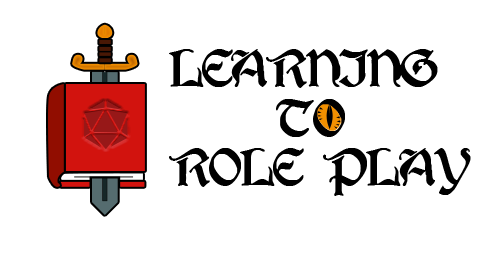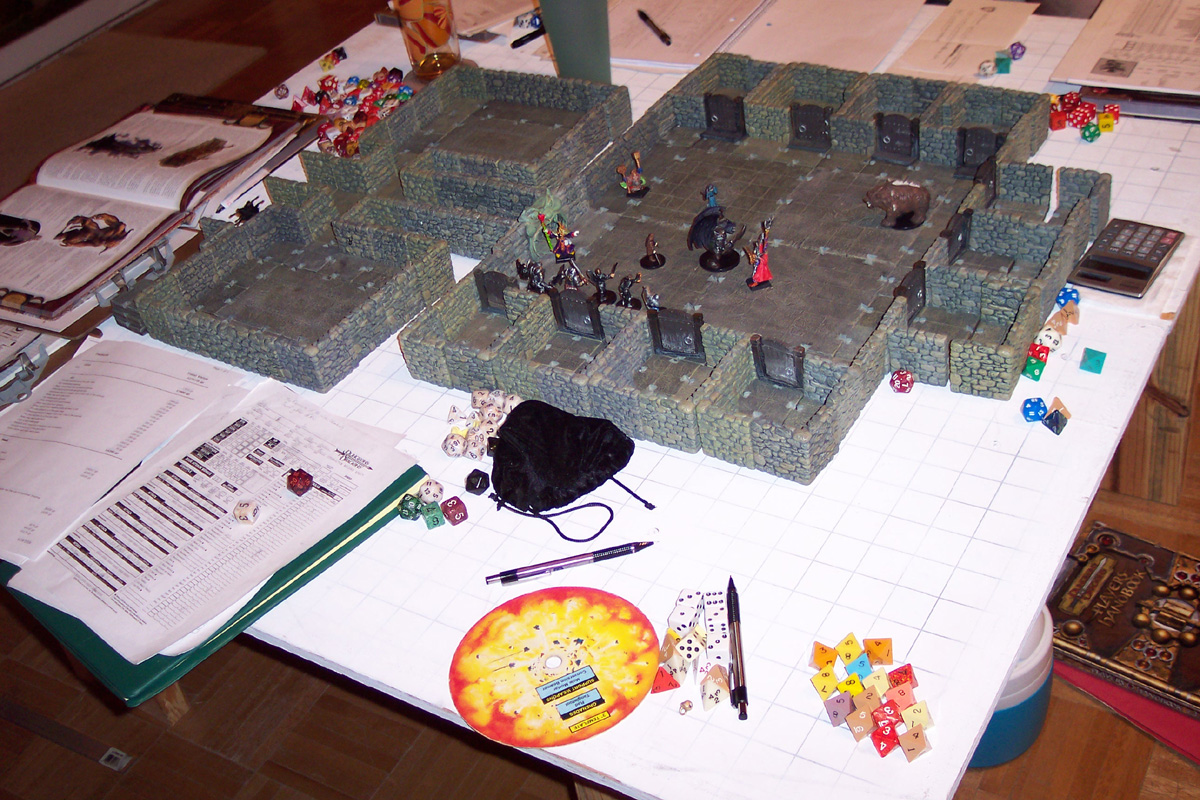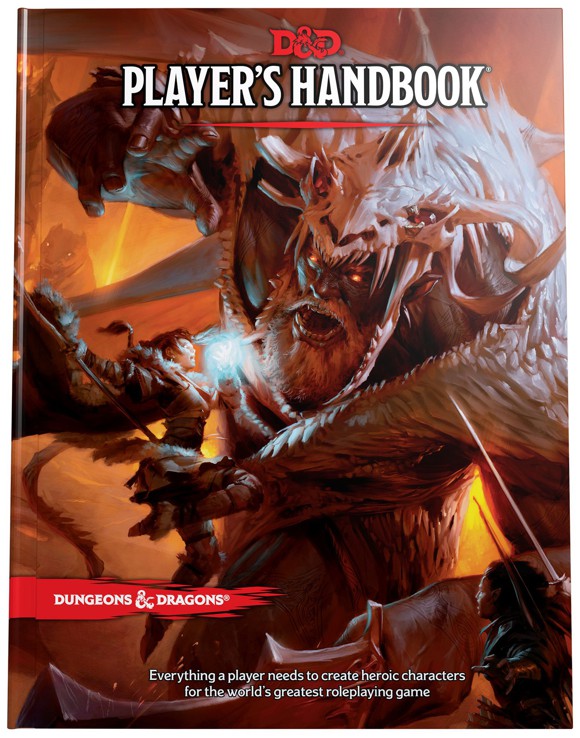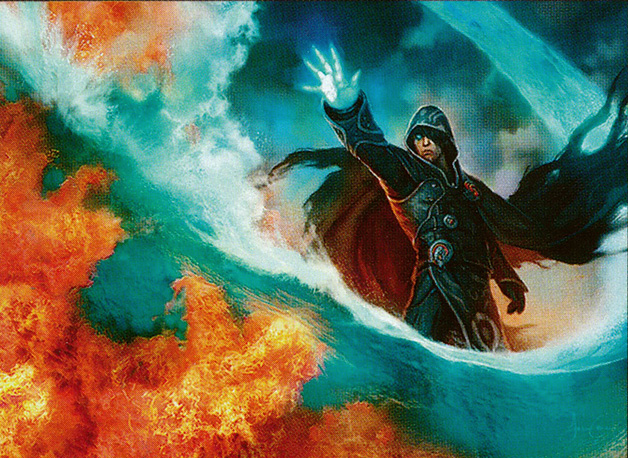Feats in Dungeons & Dragons (D&D) Fifth Edition (5e)
When it comes to playing Dungeons & Dragons Fifth Edition, something in us always wants our character to be mega strong. Even if we like balanced games, we still would love for our Abilities to be maxed out. Yet, when the time comes for an Ability Score Improvement, adding just a couple +1 to two abilities or just a +2 to a single ability seems a bit boring. That’s when character feats come into play as an amazing alternative.
What Are Feats in Dungeons and Dragons?
According to the DnD Player’s Handbook (buy it here), where character feats are first presented, a feat represents a talent or an area of expertise that gives a character special capabilities.
Yes, having one of your ability scores increased definitely grants you special capabilities, but you won’t argue that it lacks a little bit of flavour and, oh my, feats can definitely give you tons of flavour.
You could become the luckiest member of your party, have tremendous skill with certain weapons, be aware of your environment, read lips, there are so many character feats it’s hard to figure out what you cannot do with them.
How do you get feats in DnD?
The possibility to use feats in Dungeons and Dragons is given by what is called the “optional feats rule”. Essentially, every time a character level up involves an Ability Score Improvement, you can forego said improvement and choose a feat you have not chosen before for your character instead.
Using a feat you won’t be able to increase by two points a single Ability Score or by one point two Ability Scores of your choice. That is the price to pay. On the other hand you will get perks that are as good, or better.
Do All D&D Classes Get Feats?
Since feats are a variant rule that replaces the Ability Score Improvements, and all character classes have said improvements, the answer is a clear yes. All classes get feats.
However, it is important to keep in mind that sacrificing Ability Score Improvements is not something to be taken lightly. Every time an ability score gets a +2 (or a +1 if the current score was odd) you are essentially adding a +1 to every roll you make for that ability from now onwards. That +1 is very powerful, much more than it may seem.
So the feat that replaces the Ability Score Improvements has to make up for it, whether it is by increasing the quality of your D&D character or the fun you have with it.
How do feats work in 5e D&D?
Even though we can mostly get any feat we want for our Dungeons & Dragons character at any given time those are available (like I explained earlier), they way feats work varies a lot depending on the feat you have gotten.
There are some feats in Dungeons & Dragons that are clearly oriented to combat, there are some feats made to improve a certain ability while also giving a perk to your character related to that ability. Other feats are essentially role playing enhancers, while some are simply near to broken.
Also, some of the feats have prerequisites, thus, not all characters are capable of using them, or at least they won’t be able to use them until they reach a higher level.
Nothing better to see how feats work in DnD 5th edition than with a couple of examples from some of the most popular feats you can find in the Player’s Handbook:
- The War Caster feat has as prerequisite that you need to be able to cast at least one spell, rendering this feat unattainable for certain classes. It’s logical, since it’s all about casting spells during combat! How does War Caster work? In three ways, gives you advantage concentrating, helps you casting spells even when welding weapons and also allows you to cast spells as opportunity attacks!
- The Tough feat on the other hand works in a much simpler way and has no prerequisites. You simply get 2 extra hit points for each level your character has and continue to do so in the future. For instance, a level 10 character will get 20 extra hit points and another extra two when they reach level 11.
How Many Feats Can You Have 5e?
5th edition feats in Dungeons and Dragons are so cool that it’s normal that you wonder how many feats can you get for your character. The answer is quite simple.
Since the optional feats rule is a replacement for the Ability Score Improvement feature, every time your character can get this Ability Score Improvement you can potentially get a new feat instead.
This Ability Score Improvement depends on the class of your character. Most classes have five Ability Score Improvement opportunities. For those classes, the maximum number of feats a level 19 or 20 character can have is five.
But there are certain classes with more Ability Score Improvements, like fighters with seven and rogues with six. For those classes, the maximum number of feats will be greater.
There is also another thing to take into consideration: the variant human race. The variant human race for a character is just a regular human that instead of having a +1 modifier added to all abilities on level 1 chooses only two abilities to +1 (or one to +2) and a feat. Thus, for a variant human, the maximum number of feats is the number of Ability Score Improvements of their class plus one.
Can you take the same feat twice 5e?
A very common question for us greedy players that want to abuse the power of fifth edition feats is can you take the same feat twice?
Unfortunately the Player’s Handbook is very clear about this when it first mentions feats:
You can take each feat only once, unless the feat’s description says otherwise.
Player’s Handbook, page 165.
Because of how this sentence is phrased, we cannot blame it on ignorance and try to use, for instance, the magic initiate feat twice, to give our character our favourite cantrips and first level spells of both bards and druids.
Why? Because it doesn’t explicitly state in its description that you can oversee the no-duplicate rule.
What are the best feats in DnD 5e?
Considering the vast amount of feats available for characters in Dungeons & Dragons, and how varied they are, there is little surprise to the fact that there are tons of sites trying to answer the question what are the best feats in D&D fifth edition?
Of course how good a character feat is relies a lot on the character you are giving it to. Something that boosts spells is going to be useless for a monk and an enhancement to the use of heavy weapons will be of no help for a wizard.
That being said, there are some feats that are constantly being picked, and sometimes even banned by Dungeon Masters all over the world because they can help a character be overpowered for their level and the rest of their party members.
If I had to choose the top 10 feats in Dungeons & Dragons based on my experience and what I’ve read online, these would be:
1. Lucky
Found in the Player’s Handbook p.167.
In my opinion the best feat overall for any class. You essentially get to re-roll the three worst or most critical rolls you have everyday or even try to prevent an attacker from hitting you. Being lucky with the lucky feat can completely change the outcome of a campaign.
2. War Caster
Found in the Player’s Handbook p.170.
One of the best feats for spell casters, enables you to use spells as opportunity attacks, gives advantage on concentration rolls to maintain spells and lets you perform the somatic component of spells even when your hands are busy.
3. Polearm Master
Found in the Player’s Handbook p.168.
If your character’s weapon of choice is anything pole-shaped (glaive, halberd, quarterstaff or spear), you need this feat. It grants you a second attack with the weapon for extra damage and grants you opportunity attacks.
4. Alert
Found in the Player’s Handbook p.165.
A +5 modifier on initiative alone is worth having this feat already, but your character can also not be surprised and other creatures don’t get advantage against you if you don’t see them. Perfect if your character wants to be the first one to hit in combat.
5. Mobile
Found in the Player’s Handbook p.168.
+10 feet of speed and not causing opportunity attacks from creatures you attack makes this a very good feat for melee fighters. Also the fact that dashing on difficult terrain doesn’t cost you extra means your scouting will be the best.
6. Great Weapon Master
Found in the Player’s Handbook p.167.
Is your character a fighter or a barbarian wielding a large weapon? You are going to love this feat! Not only your critical and killing hits grant you a new attack, but you can trade 5 points of your melee attack roll for 10 points of damage. Utter destruction!
7. Magic Initiate
Found in the Player’s Handbook p.168.
Do you want your non magic user to get a little taste to the world of magic? Maybe as a little taste of what rolling a wizard or a cleric could feel like later on? This is your feat! With Magic Initiate you choose a spell casting class and get two cantrips and a first level spell of your choice to use from them.
8. Sentinel
Found in the Player’s Handbook p.169.
One of the best feats for melee fighters. A hit from an opportunity attack prevents your enemy from moving. The disengage actions is render useless against you and you get a reaction attack when someone within 5 feet of you attacks someone else.
9. Sharpshooter
Found in the Player’s Handbook p.170.
Essential feat for ranged weapons users. There is no disadvantage in long range attack rolls. Half and three-quarters covers are useless against you and you can trade 5 points of your range attack for 10 points of damage like Great Weapon Master allows for melee.
10. Shield Master
Found in the Player’s Handbook p.170.
Your shield becomes more than protection. You can shove with your shield as a bonus action, your shield’s AC can help you protect from spells and you take no damage instead of half damage for a successful saving throw.



